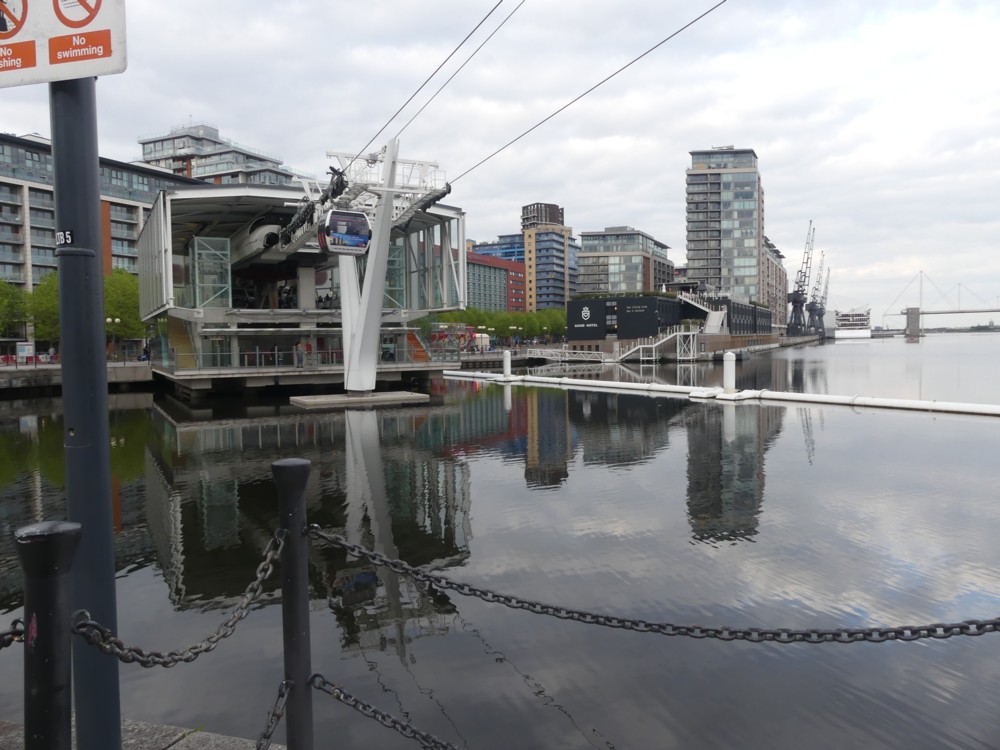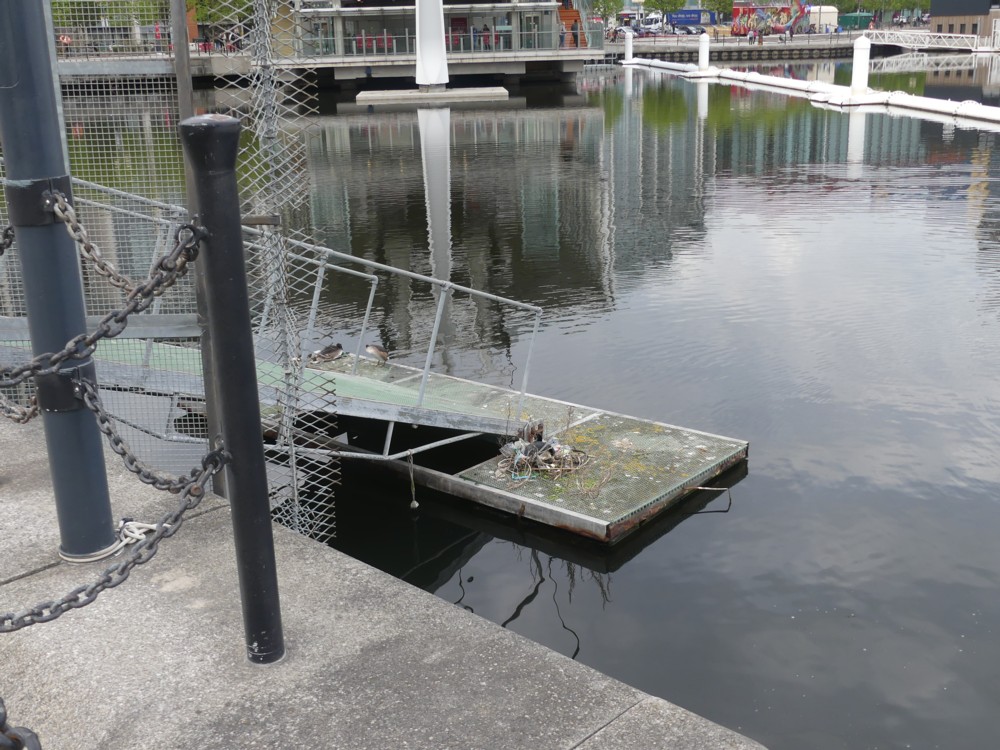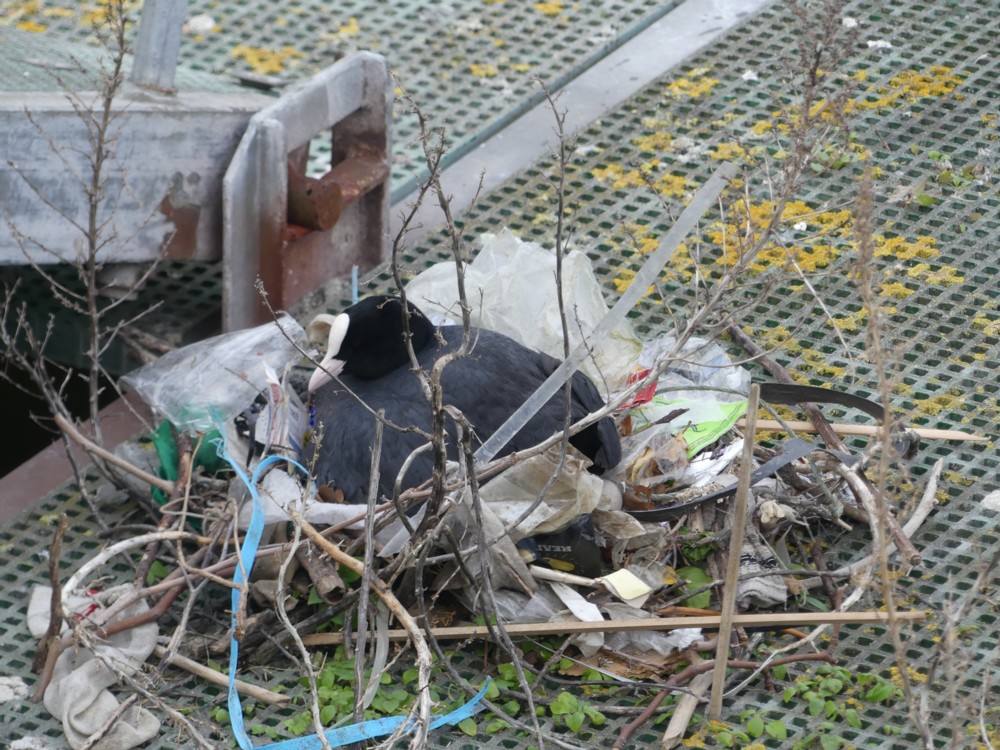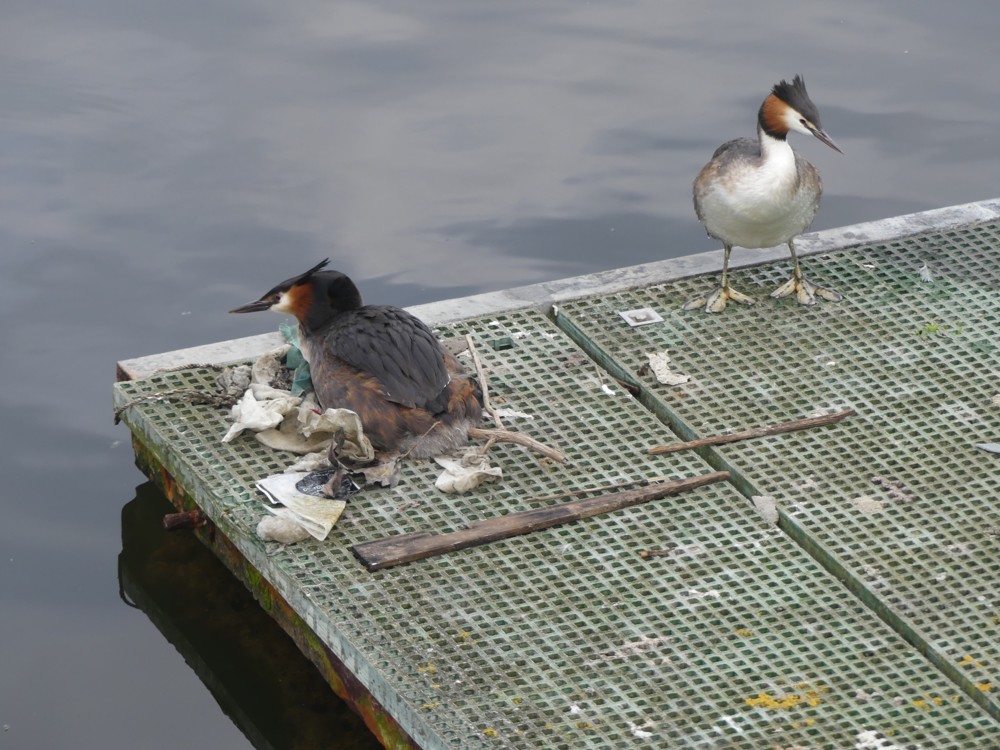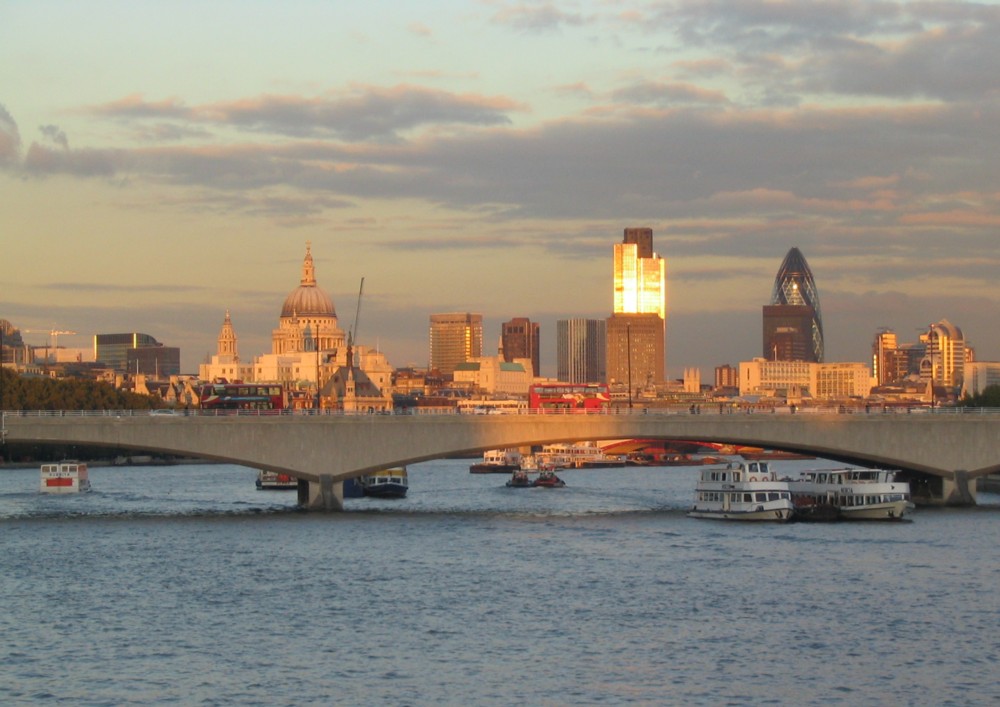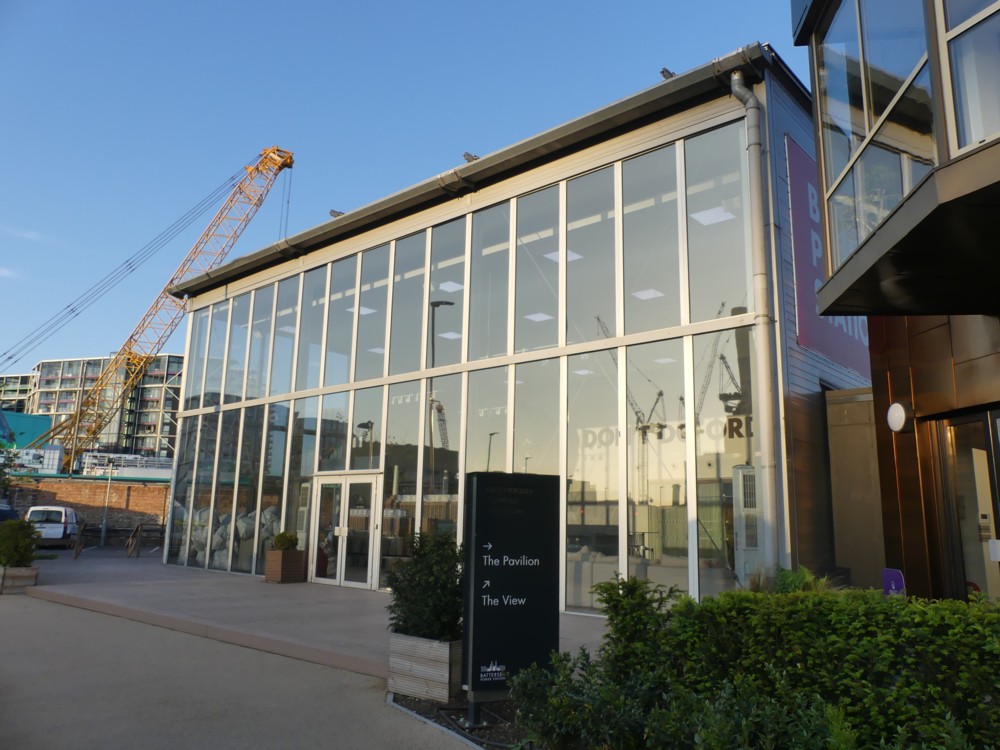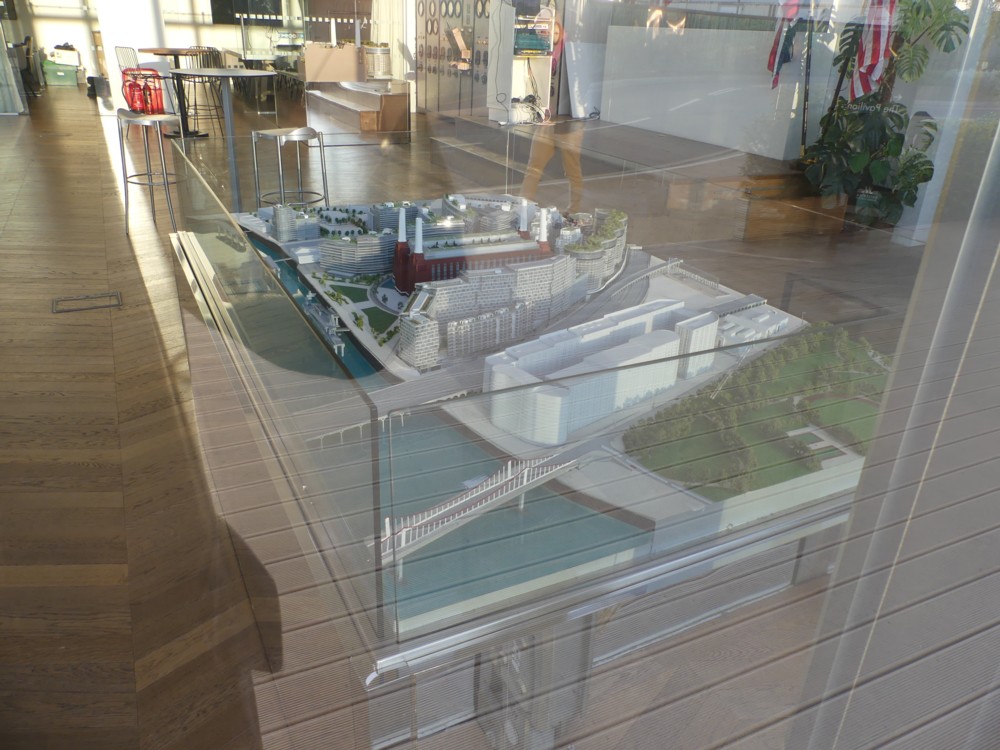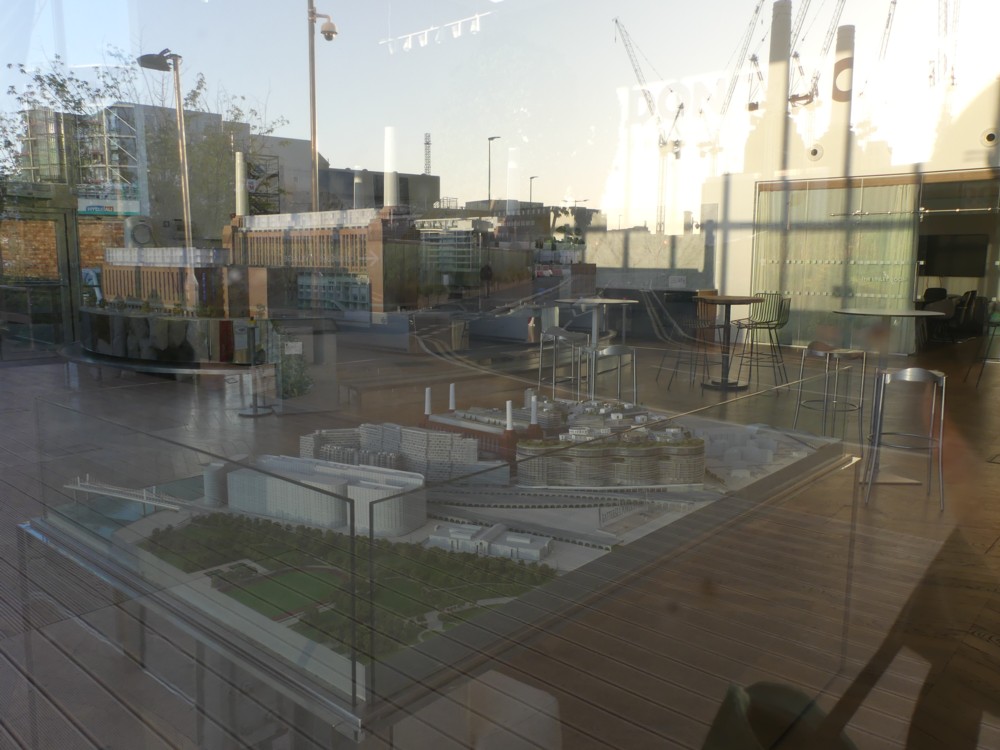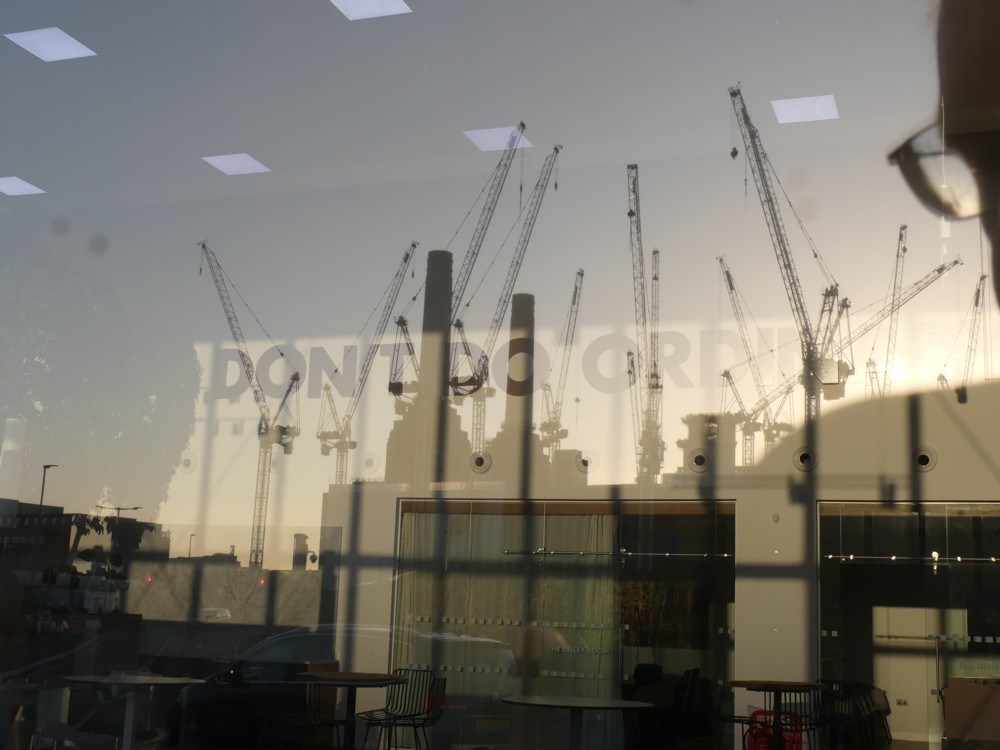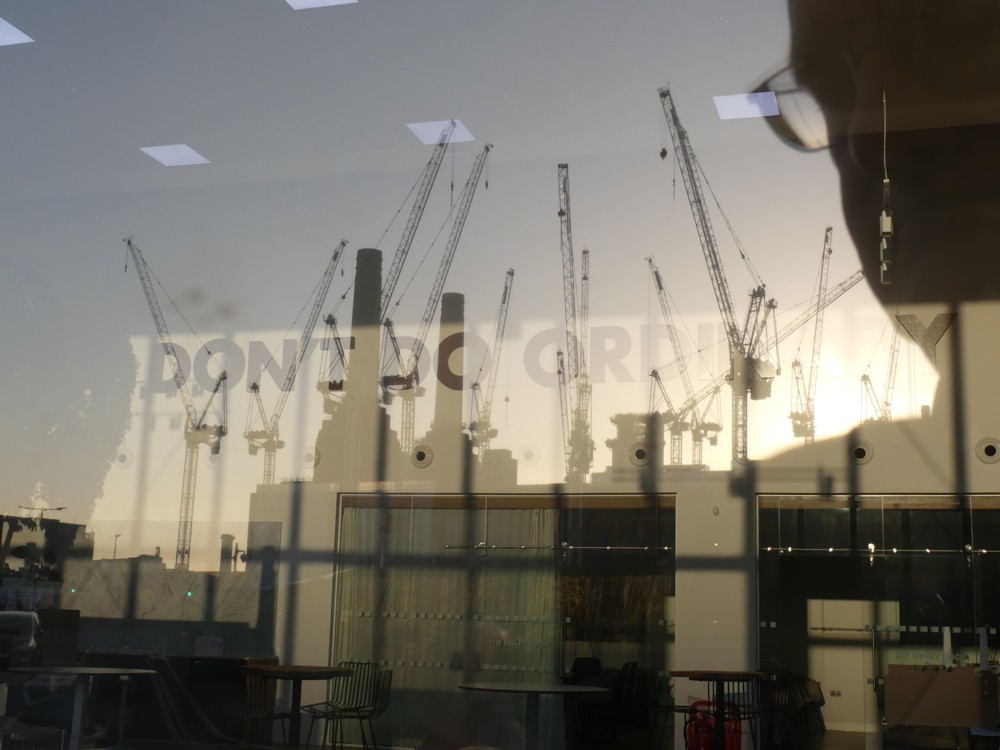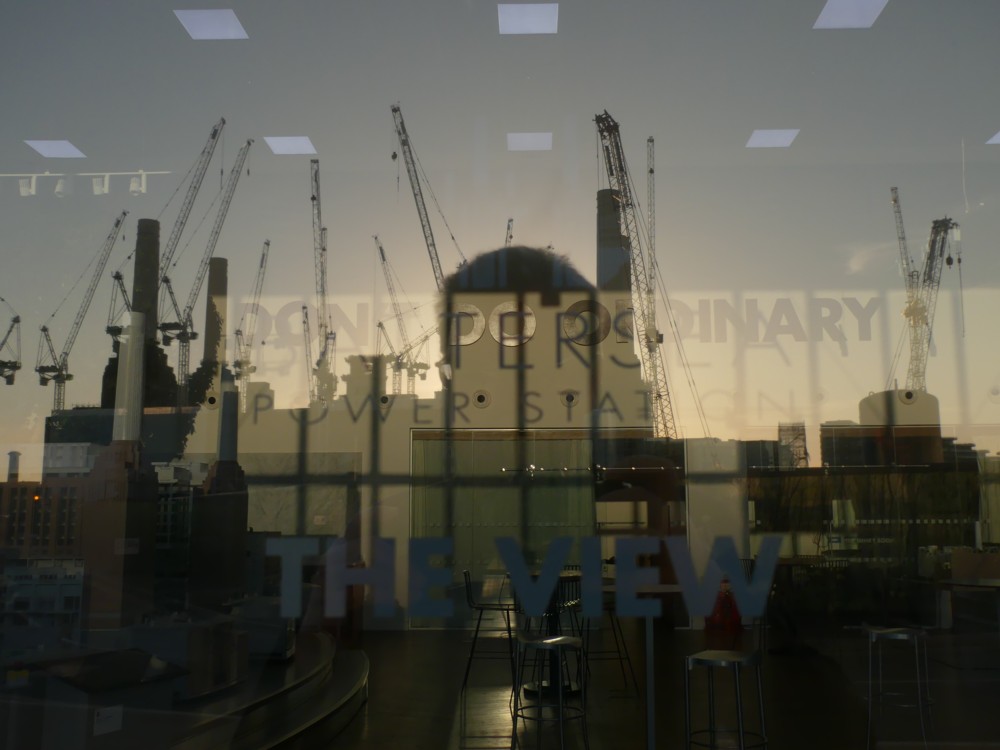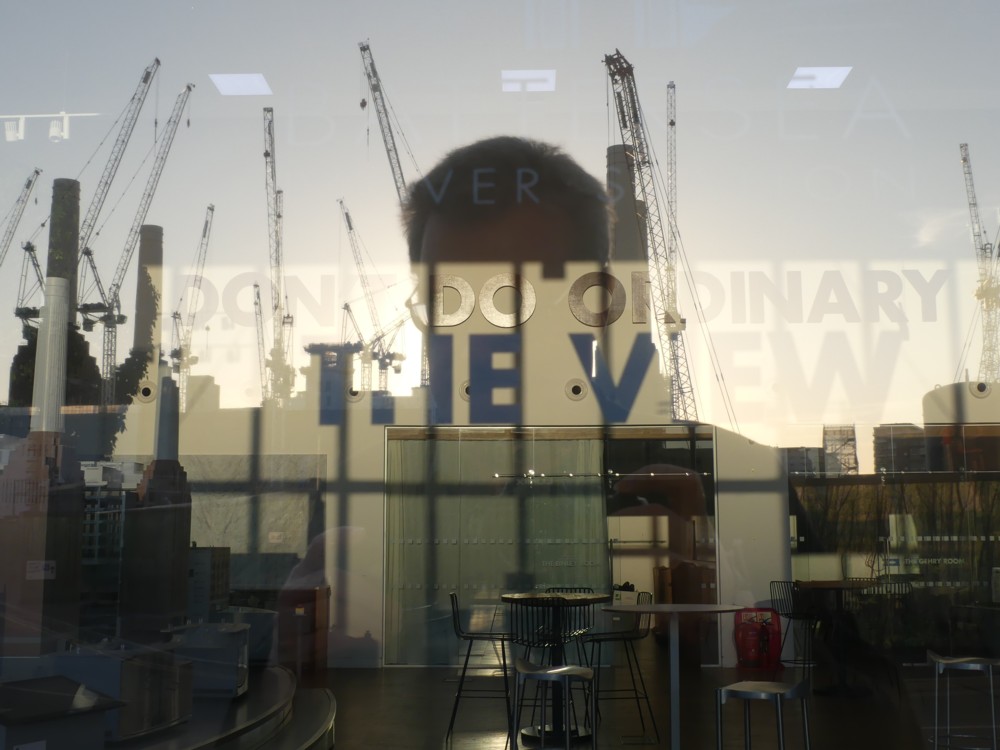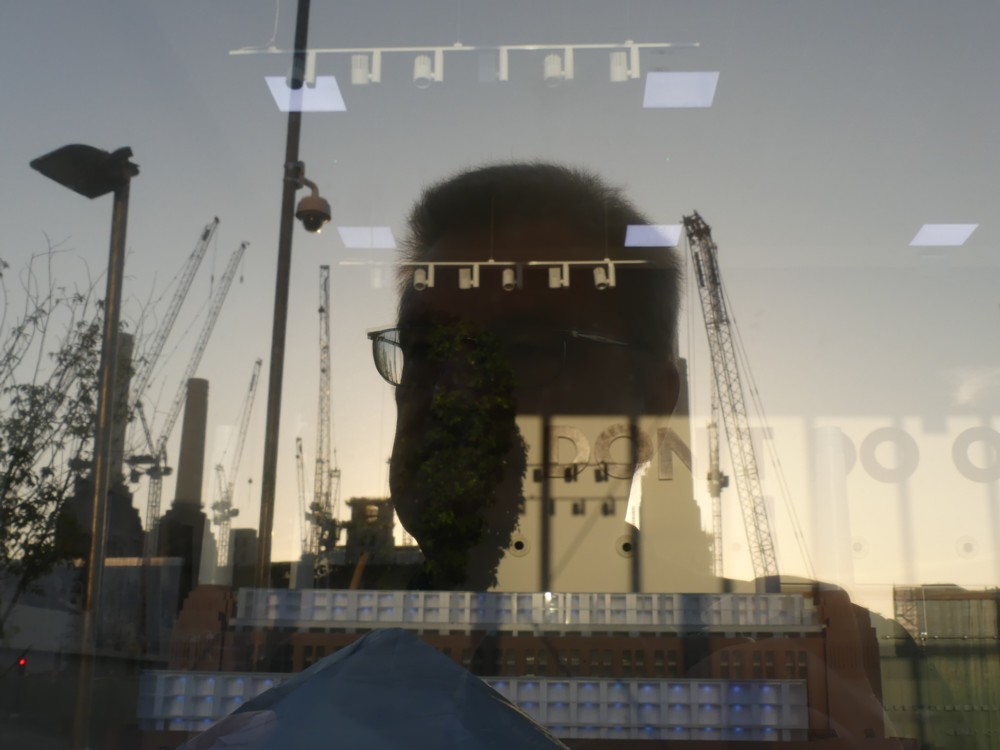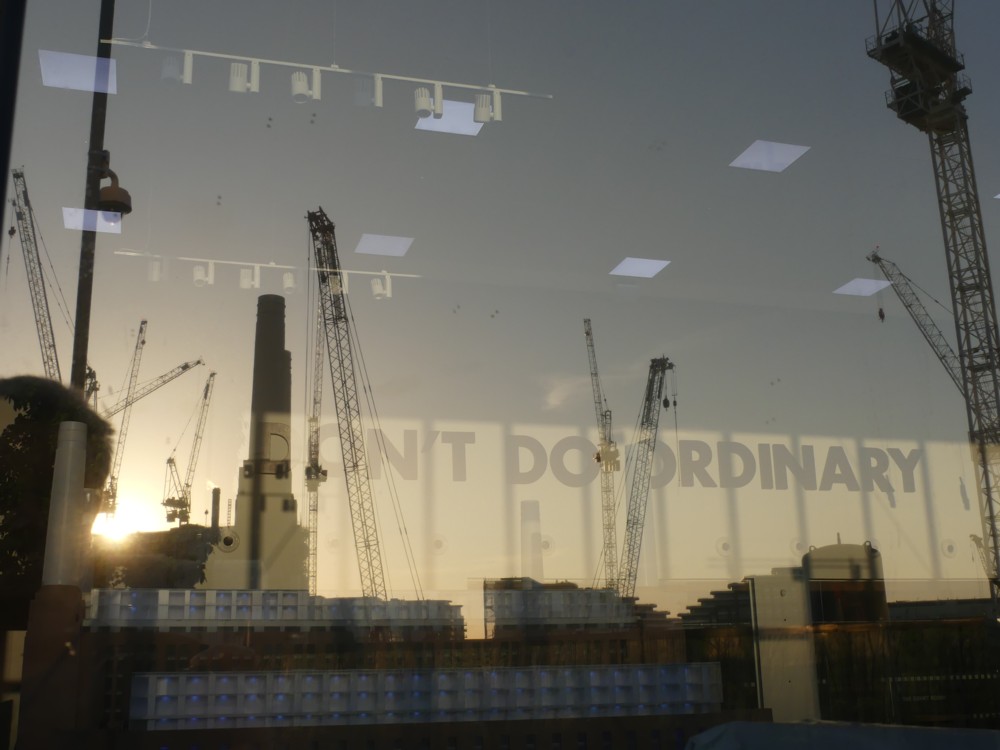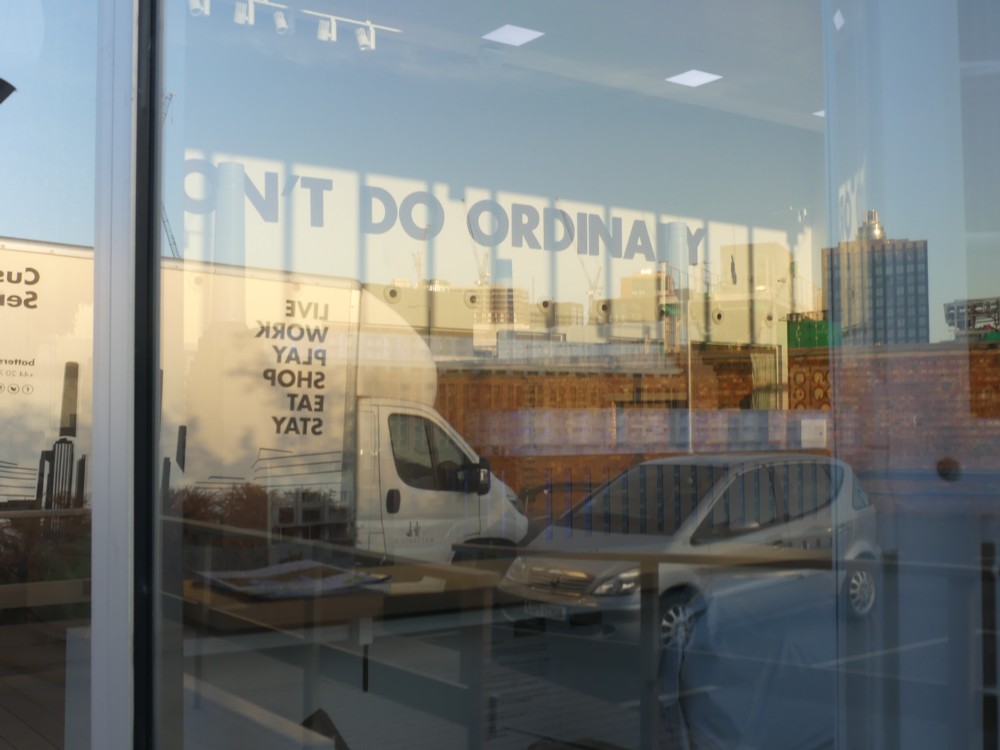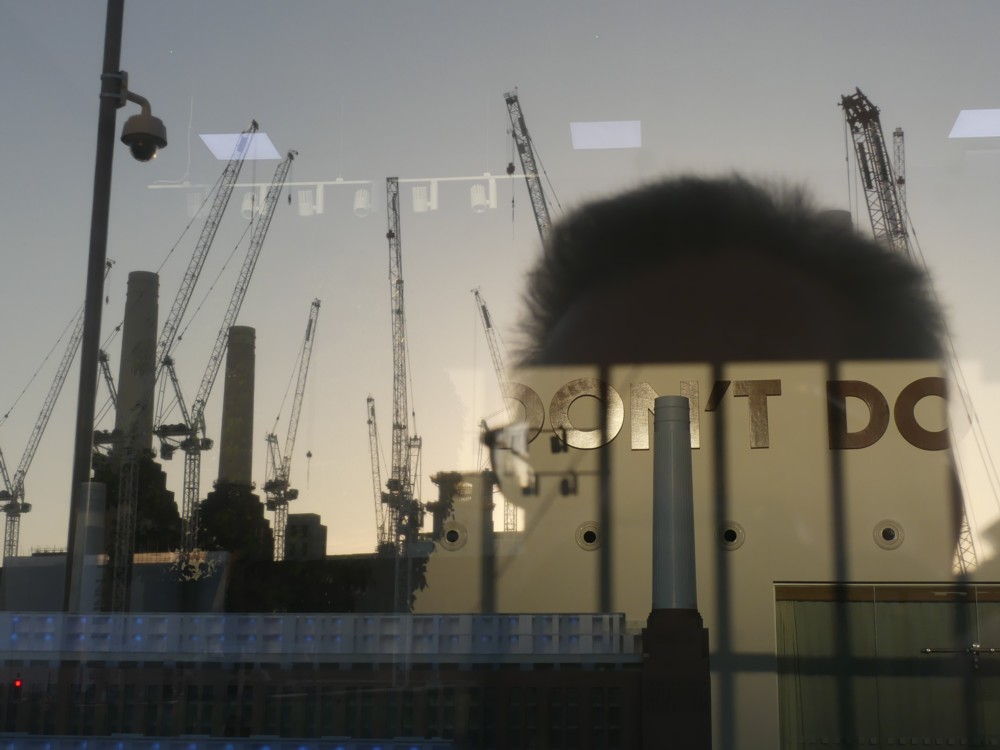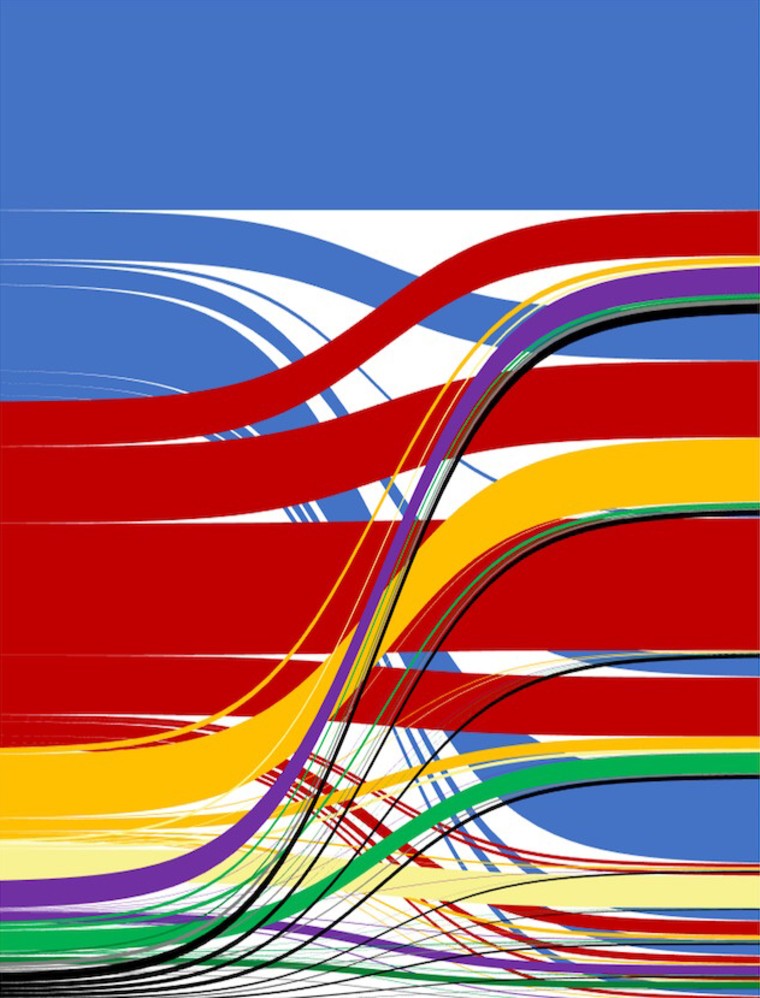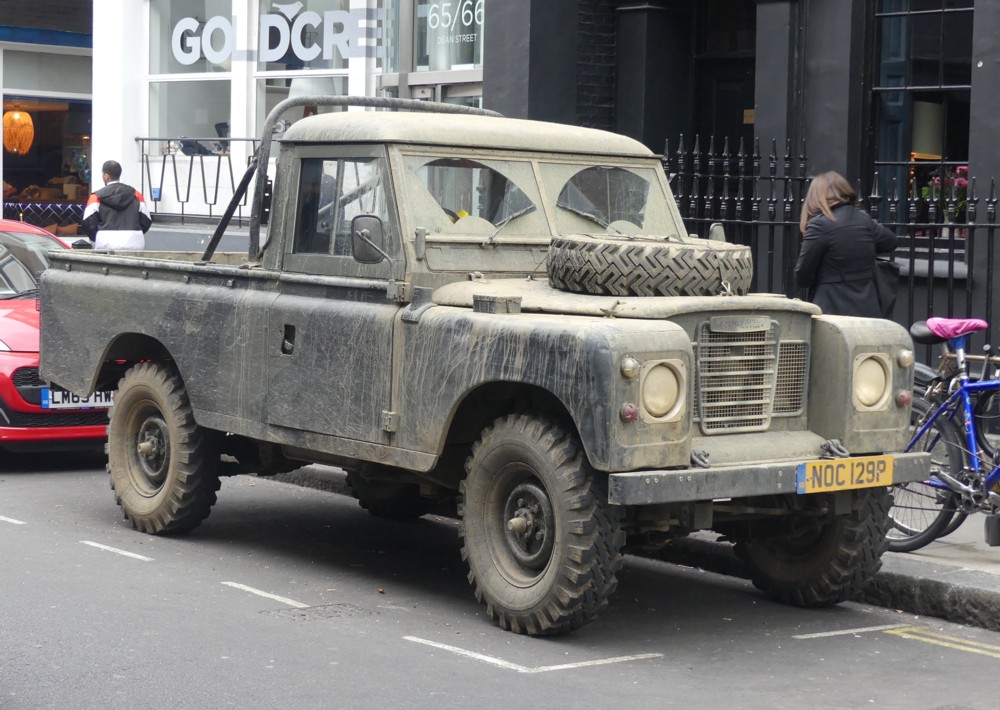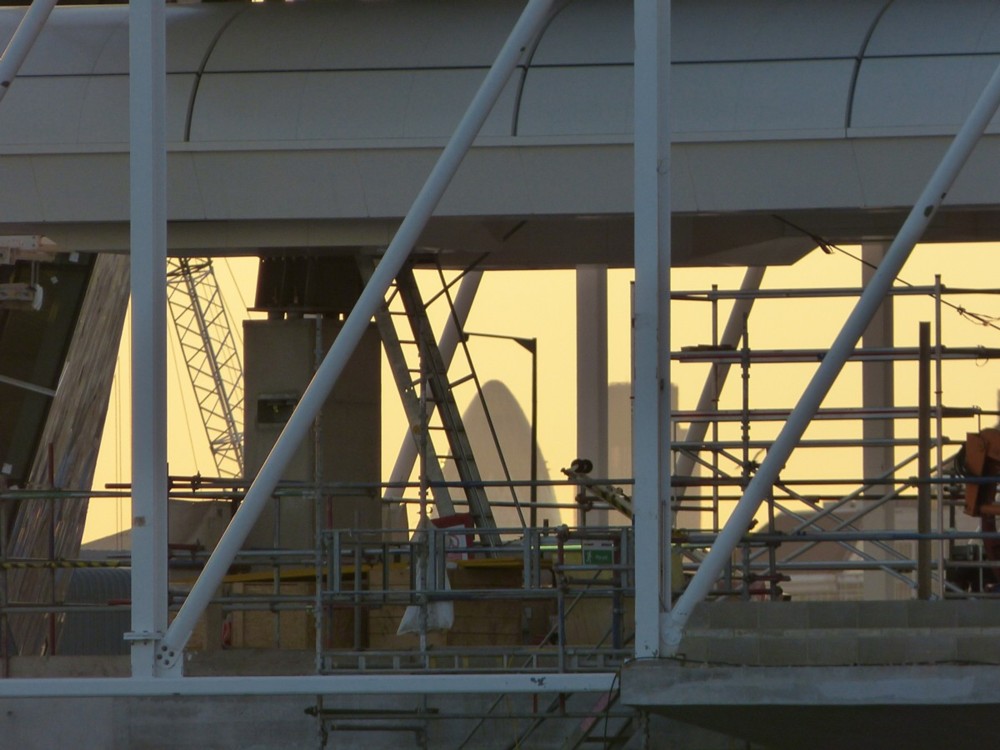The way that we humans feel about other creatures and the way that other creatures either do or do not feel about us continues to fascinate me. Which means that I seem to be continuing here with my creaturely postings on Fridays. Here is another such Friday posting, featuring some birds whom I encountered in East London not long ago.
This is the spot where I found them, at the west end of the Victoria Docks, right next to and right underneath the northern end of the Emirates Air Line or the Dangleway, or whatever you want to call it:
I then switched my attention to the foreground:
That floating platform being where the birds, and their “nests”, were to be seen.
On the right, was this bird:
And on the left, this couple:
A coot, or a moorhen? Ducks, of some exotic sort? But what do I know? Any offers?
What interests me about the not-so-wild wildlife of London, apart from how cute it often is, is how it continues to evolve. As we humans get more sentimental about our fellow creatures, more inclined to feed and photo them, less inclined to eat them or just shoo them away, they adapt to our changing sentiments, and start betting on our benevolence. In this case, they are merely betting that they’ll be left alone, now that it’s been made clear that this is where they live and will be having their kids.

